Author: Mike Neville
Scotland has a long and proud brewing tradition, the details of which are sometimes misconstrued, for example, peated malt is by no means a necessary ingredient. Interestingly, the three styles that live under the umbrella of Scottish Ale are all characteristically similar with their level of alcohol being the main difference between them. In fact, before the current Light, Heavy, and Export designations were introduced, Scottish Ales were differentiated by the taxes paid for each in shillings, which was a function of strength.
The strongest of the traditional Scottish Ales, Scottish Export typically features a Scottish pale malt, such as Golden Promise, along with a variety of specialty malts to achieve its characteristic flavor and color. Known for being a malt-forward style, English hop varieties are often used primarily for bitterness while the yeast contributes a touch of fruity esters. The BJCP provides the following description of Scottish Export:
A moderate-strength, malty beer with light caramel, toast, toffee, and fruit flavors. A slight roast dryness offsets the residual sweetness in the finish, with the bitterness perceived only to keep the beer from being cloying
While I’ve made a handful of batches of Scottish Heavy, I had no experience brewing Scottish Export when my homebrew club chose it as the style for our quarterly competition. With a fairly packed brewing schedule, I was a bit pressed for time and opted to brew this beer using an arguably less than traditional approach.
| BREWING THE BEER |
Given how similar the styles are, my recipe for this Scottish Export was simply a scaled up version of a past batch of Scottish Heavy.
Short & Shoddy Scottish Export
Recipe Details
| Batch Size | Boil Time | IBU | SRM | Est. OG | Est. FG | ABV |
|---|---|---|---|---|---|---|
| 5.8 gal | 25 min | 22.3 | 16.1 SRM | 1.059 | 1.009 | 6.56 % |
| Actuals | 1.059 | 1.009 | 6.56 % | |||
Fermentables
| Name | Amount | % |
|---|---|---|
| Golden Promise | 10 lbs | 83.33 |
| Munich Malt | 1 lbs | 8.33 |
| White Wheat Malt | 8 oz | 4.17 |
| Chocolate Malt | 4 oz | 2.08 |
| Crystal DRC | 4 oz | 2.08 |
Hops
| Name | Amount | Time | Use | Form | Alpha % |
|---|---|---|---|---|---|
| East Kent Goldings (EKG) | 57 g | 25 min | Boil | Pellet | 5.5 |
Yeast
| Name | Lab | Attenuation | Temperature |
|---|---|---|---|
| Tartan (A31) | Imperial Yeast | 75% | 32°F - 32°F |
Notes
| Water Profile: filtered Detroit water with unmeasured amounts of calcium chloride and gypsum |
Download
| Download this recipe's BeerXML file |
I collected the full volume of filtered water at 3:40 PM then added unmeasured amounts of calcium chloride and gypsum.
As the water was heating up, I weighed out and milled the grain.
When the water was properly heated, I stirred in the grist then checked to make sure it was at my target mash temperature.
At this point, I prepared the kettle hop additions.
When the 30 minute mash rest was complete, I removed the grains and proceeded to boil the wort for just 25 minutes, adding hops at the time stated in the recipe.
At the completion of the boil, I quickly chilled the wort with my IC.
A refractometer reading showed the wort was at 1.059 OG, for a brewhouse efficiency of 75%.
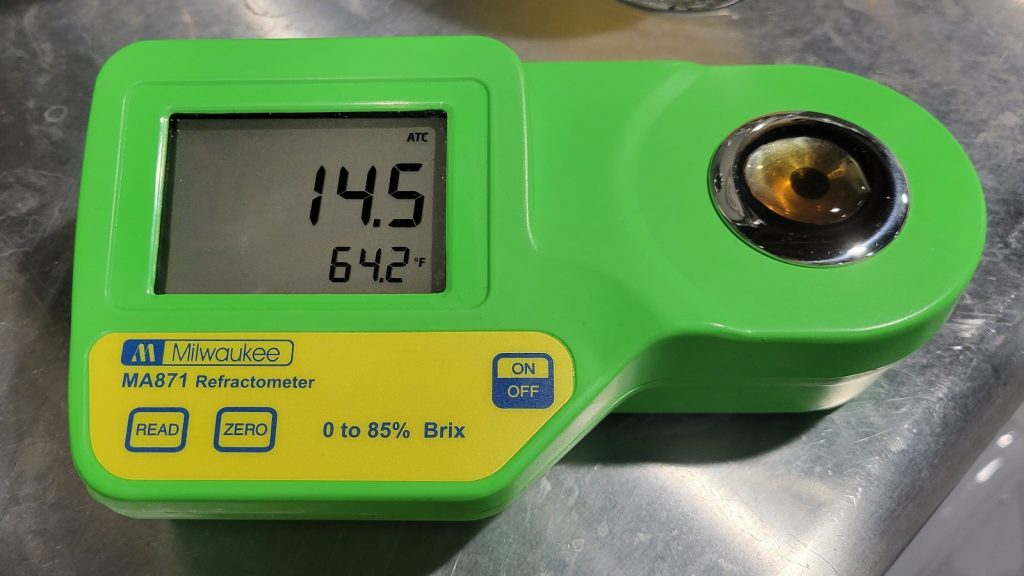
I then transferred the wort to my fermentation vessel.
Next, I direct pitched a pouch of Imperial Yeast A31 Tartan into the 68˚F/20˚C wort.
When I connected the fermenter to my glycol rig, the time was 5:51 PM for a total brew day time of just 2 hours and 11 minutes. After 5 days of fermentation, I noticed activity had dwindled and took a hydrometer measurement showing FG had been reached.
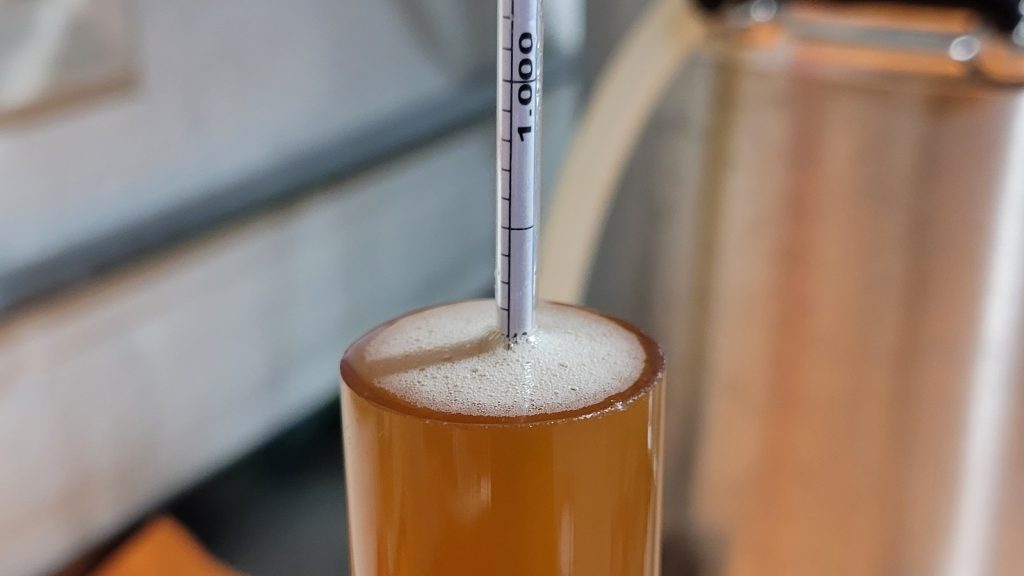
I then cold crashed the beer to 38°F/3°C and left it for 2 days before pressure transferring it to a CO2 purged keg.
The filled keg was placed in my keezer and burst carbonated at 40 psi for 12 hours before I reduced the gas to serving pressure. After a couple weeks of cold conditioning in my keezer, it was ready to serve to tasters.
| RESULTS |
A total of 22 people of various levels of experience participated in this Short & Shoddy evaluation. Participants were informed of the specific beer style and provided the BJCP description prior to completing the survey. Tasters were then instructed to rate how hoppy, malty, and dry they perceived the beer to be on a 0-5 scale where a rating of 0 indicated “not at all” and 5 indicated “extremely.”
Tasters were provided a list of common hop, malt, and yeast characteristics then instructed to select from each the one they perceived as being most prominent in the beer.
Hop Characteristics
Malt Characteristics
Yeast Characteristics
Next, participants were asked to indicate whether or not they detected any off-flavors in the beer; those who did were provided a list of common off-flavors and instructed to select the one they perceived as being strongest. Out of the 22 participants, one noted perceiving astringent, grassy, and light-struck flavors while another taster felt they detected diacetyl.
Tasters were then asked to rate how well the beer represented the intended style, based on the provided BJCP description, on a 0-5 scale where 0 meant “not at all” and 5 meant “exactly.”
Finally, tasters were asked to rate how much they enjoyed the beer on a 0-5 scale where 0 indicated they hated it and 5 indicated they loved it.
My Impressions: I perceived this beer as being very malt forward with rich toasty and medium-low caramel malt flavors. The bitterness was just enough to balance the sweetness, and I picked up little hop character. Overall, this was a very enjoyable beer to drink!
| CONCLUSION |
While the United Kingdom inarguably has a rich brewing history, the processes employed by brewers from this region aren’t necessarily known for being terribly complicated. This is certainly the case for Scotland, where the traditional ales such Scottish Export are notably malt-forward with minimal hop character and perhaps a touch fruity esters imparted by the yeast.
The methods typically employed to brew Scottish Export are similar to what most modern brewers are familiar with, though many stress the importance of ensuring the prescribed steps are precisely followed to avoid any faults. However, when blindly served samples of this Short & Shoddy Scottish Export, tasters not only seemed to perceive it as being a good representation of the style, but a majority reported enjoying it quite a bit as well. Moreover, tasters noted toasty and caramel/sweet malt leading the way with minimal earthy hop character and some fruity esters, all of which align well with the description of this style.
Seeing as just 2 of the 22 tasters endorsed perceiving off-flavors, I’m comfortable accepting that majority rules on this one, particularly because it’s consistent with my own experience– I perceived no faults, just a malty yet balanced Scottish Export that was very pleasant. This being the first Short & Shoddy batch I’ve brewed, I was admittedly somewhat skeptical at first, but based on this experience, I look forward to brewing more styles using such an approach and will certainly be making this Scottish Export again in the future!
If you have thoughts about this Short & Shoddy brew, please feel free to share it in the comments section below!
Support Brülosophy In Style!
All designs are available in various colors and sizes on Amazon!
Follow Brülosophy on:
FACEBOOK | TWITTER | INSTAGRAM
If you enjoy this stuff and feel compelled to support Brulosophy.com, please check out the Support page for details on how you can very easily do so. Thanks!


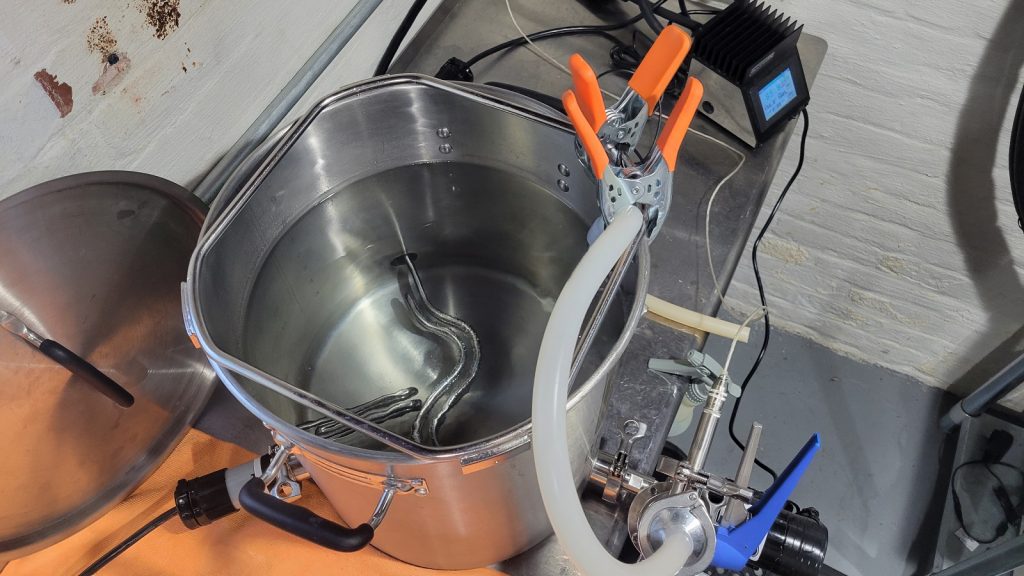
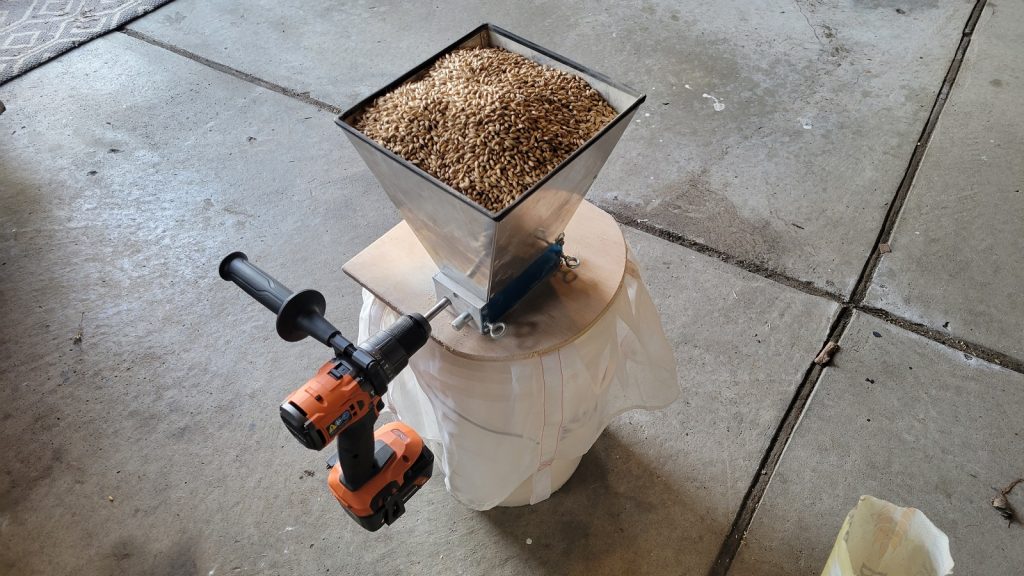
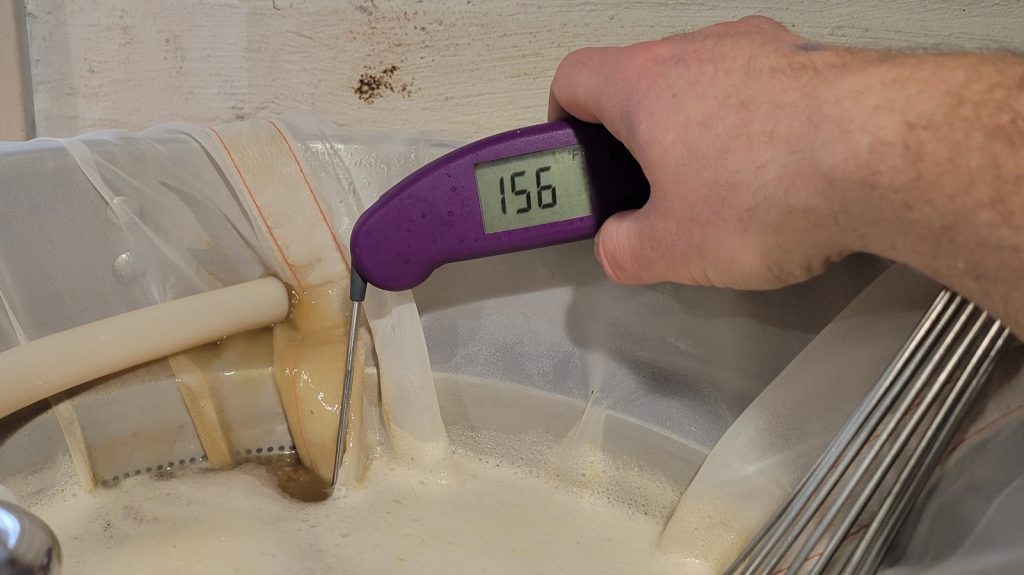
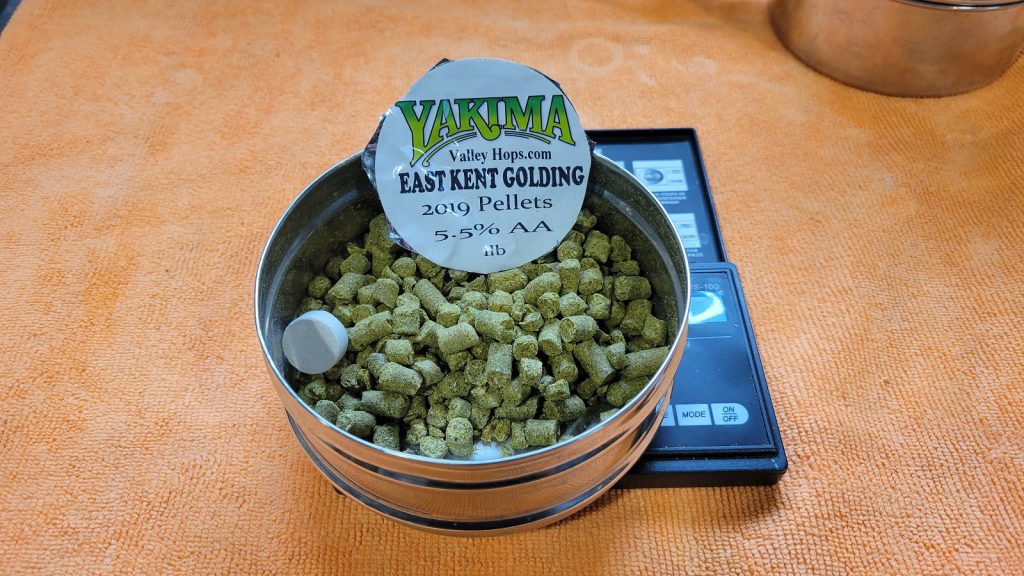
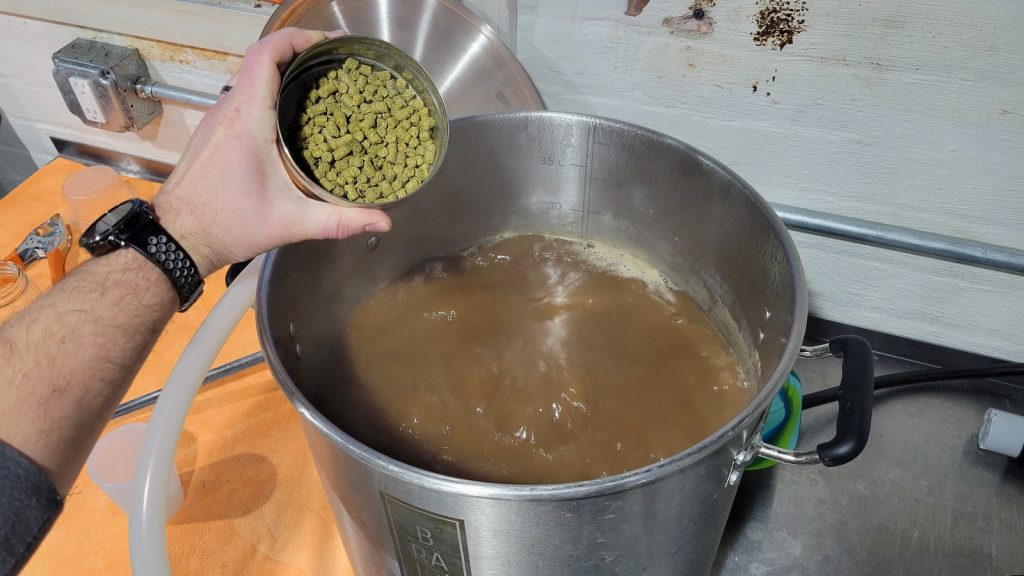
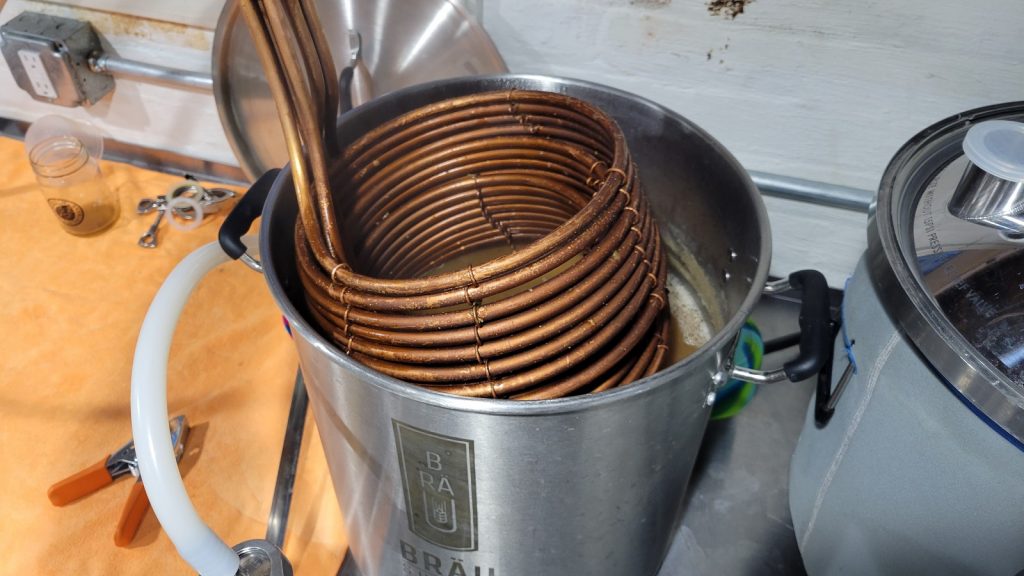
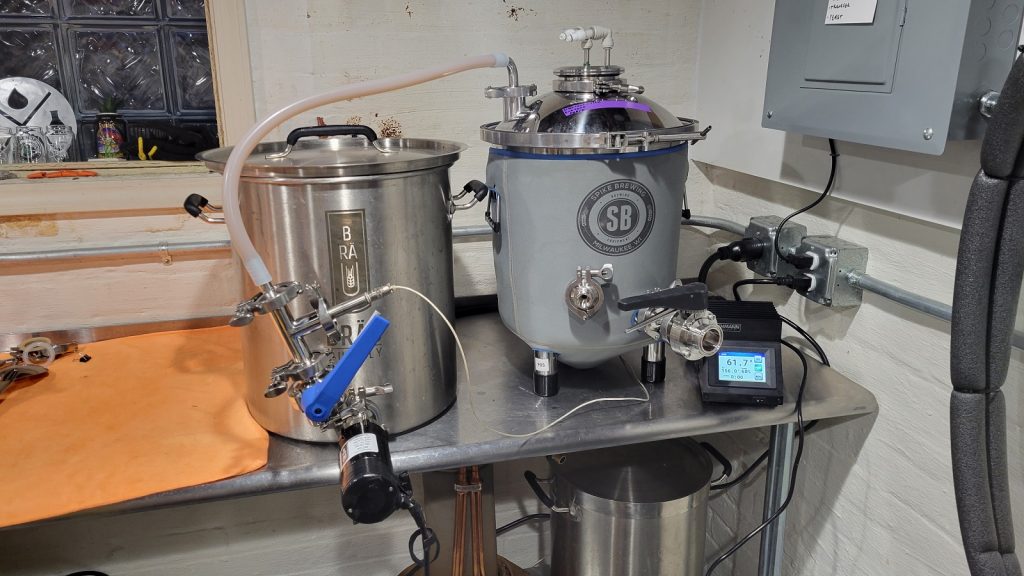
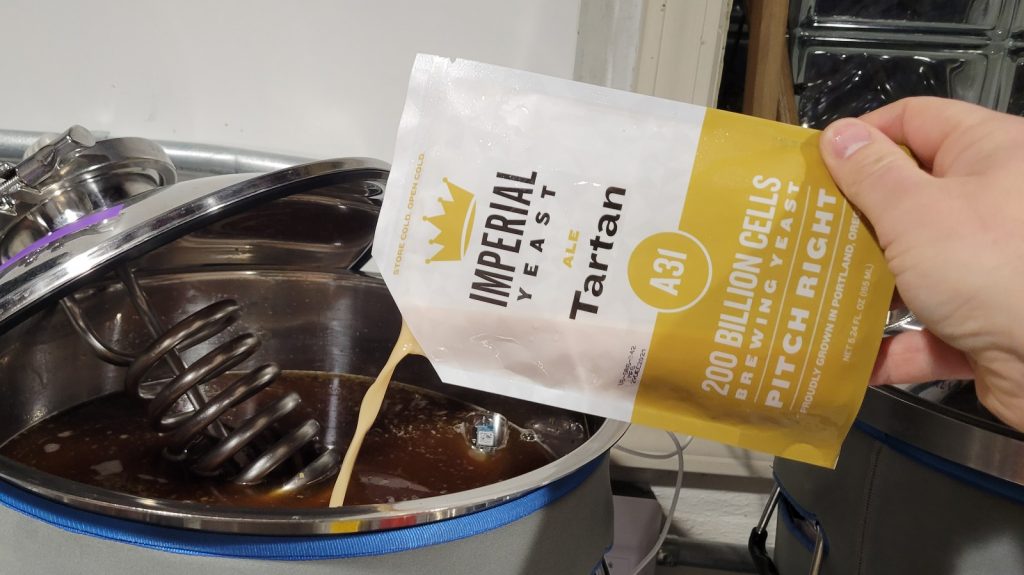
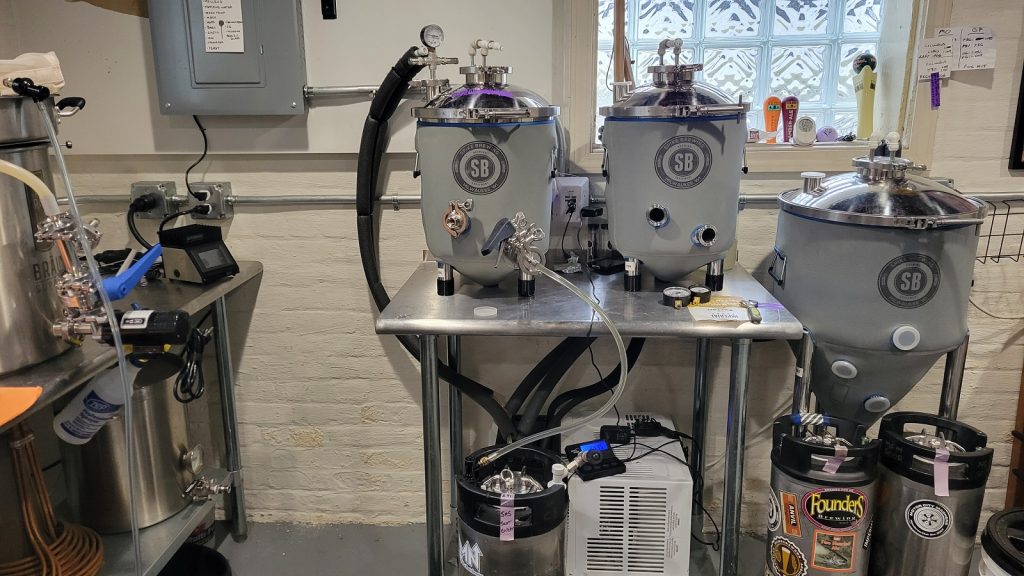

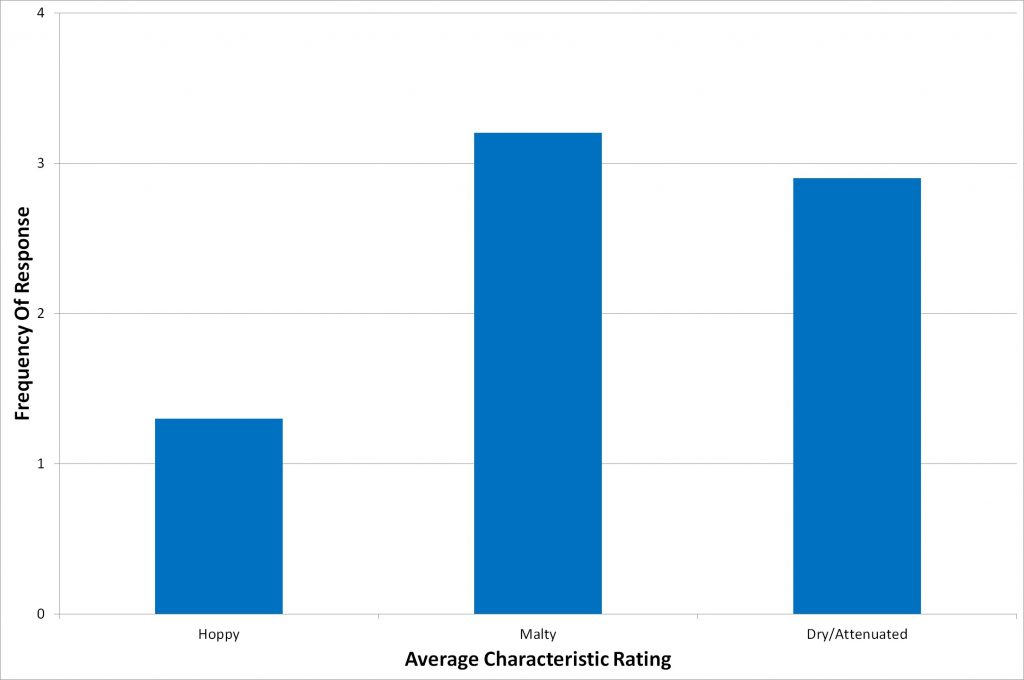
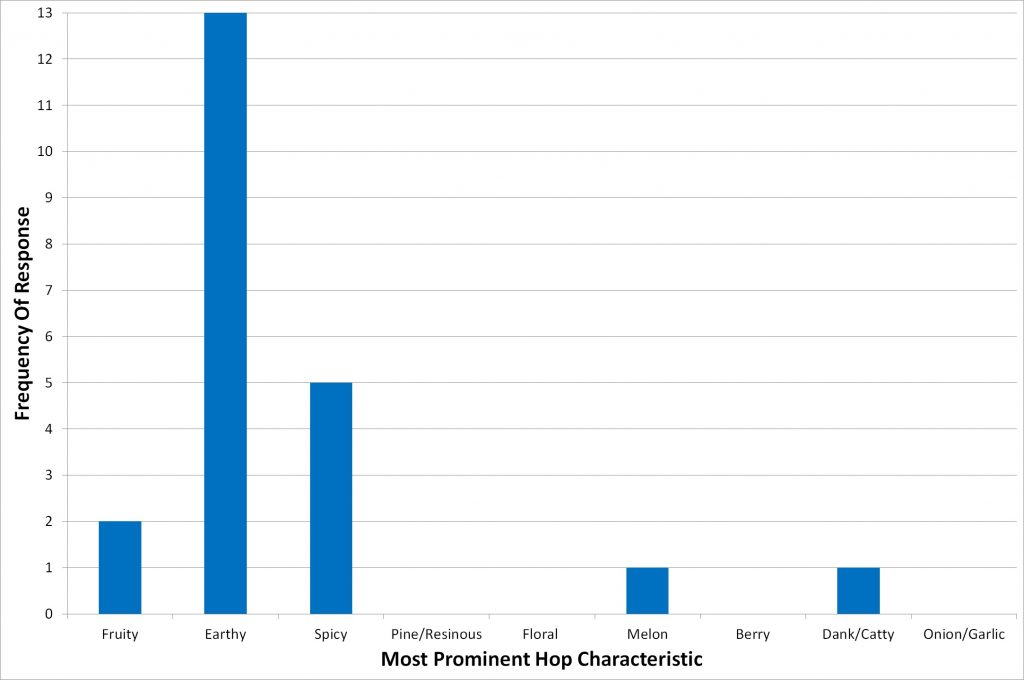
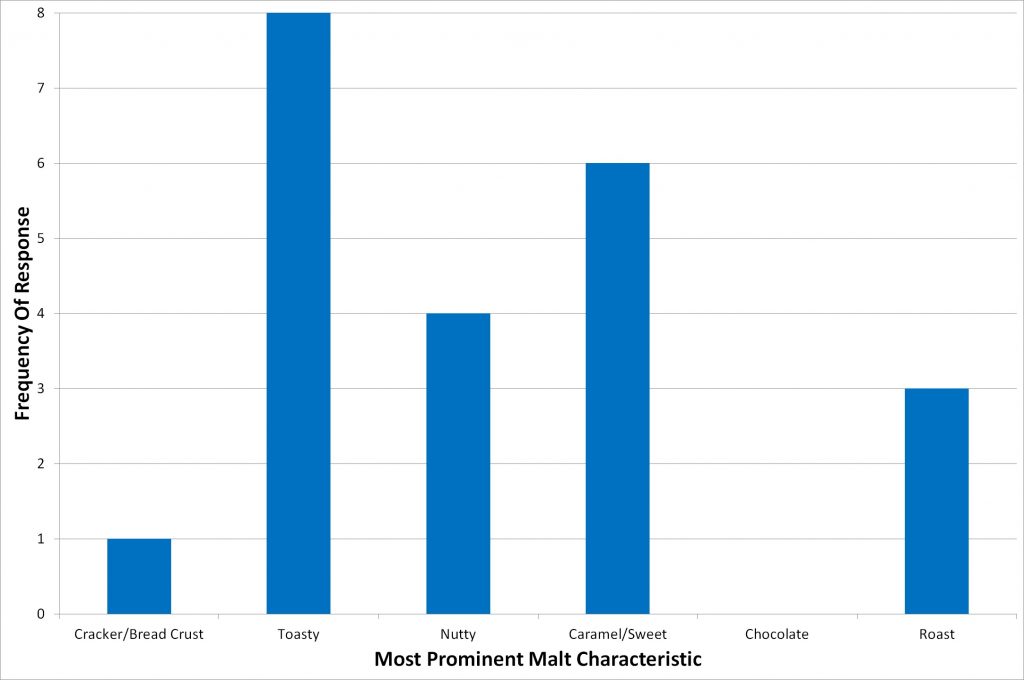
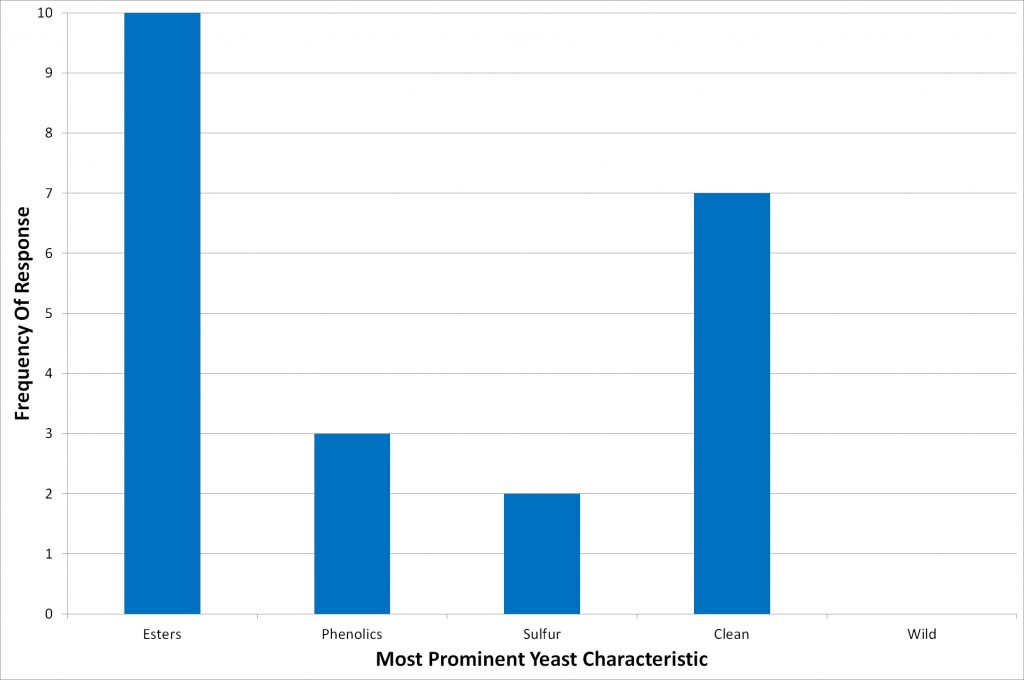
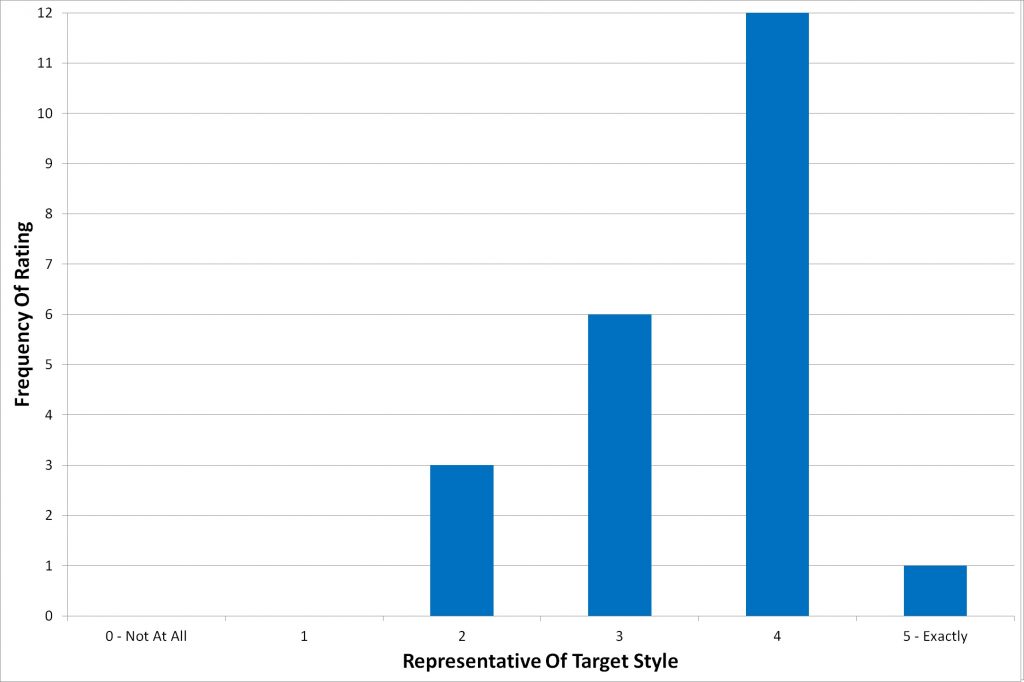
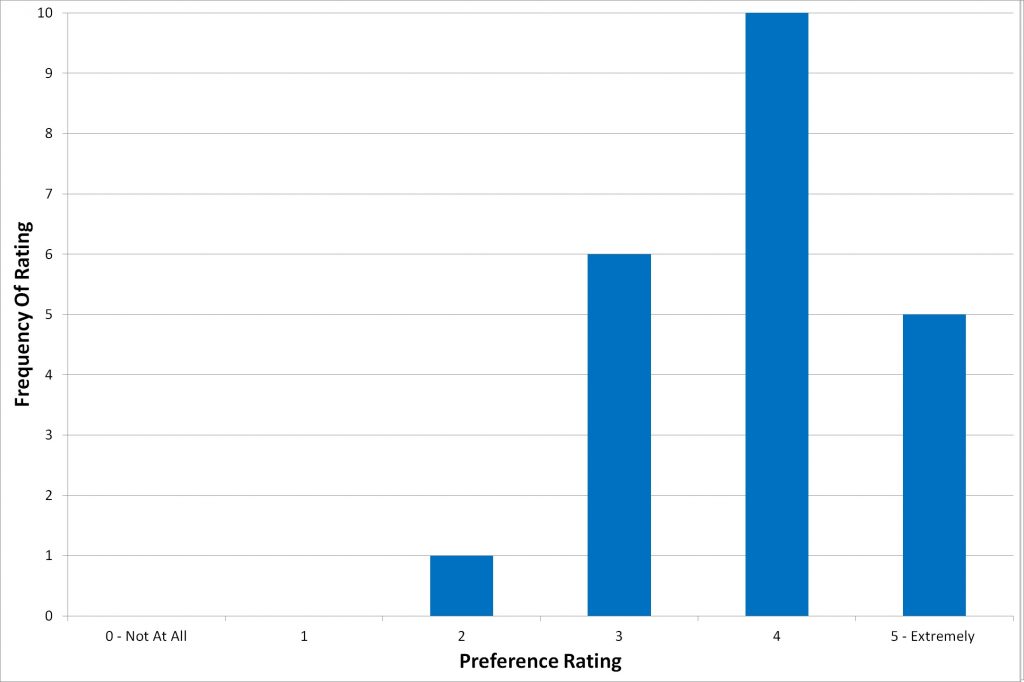











9 thoughts on “Short & Shoddy | Scottish Export”
Check your listed Fermentation Temperature in the Recipe Section.
> added unmeasured amounts of calcium chloride and gypsum
Is that another way to save time? Unmeasured amounts could be in the order of grams or kilograms…
I just eyeballed what I thought looked about right based on measuring out specific amounts from past batches. It was in the order of grams.
How did it fare in the competition? Would love to see a BJCP score on this. As flawed as BJCP scores may be, this is a cool opportunity to get some additional unbiased/blind feedback on a S&S beer.
The comp isn’t being judged until next month; I’ll be sure to report back on how it did when I get the scoresheet back!
Could you comment on the boil? I thought Scottish traditions tended to extend the boil time to promote advanced carbohydrate chemistry making it one of the important aspects of the style.
Ron Pattinson casts a lot of doubt on the idea that long boils were a special feature in Scottish brewing.
https://barclayperkins.blogspot.com/2011/10/bottling-and-boiling-in-edinburgh.html
It sounds like they sometimes did them, but not as a rule.
I believe seeing if they can get away with doing a short boil is part of the point behind the Short and Shoddy series.
Thanks for the interesting article; always interesting to read. I was wondering what 32°F – 32°F means in the yeast temperature section. I thought it might be an optimum range, but you fermented at 68°F. The other thing is that the estimated and actual SG readings always seem to be exactly the same in all the recipes shown by yourself and others. That’s incredible accuracy.